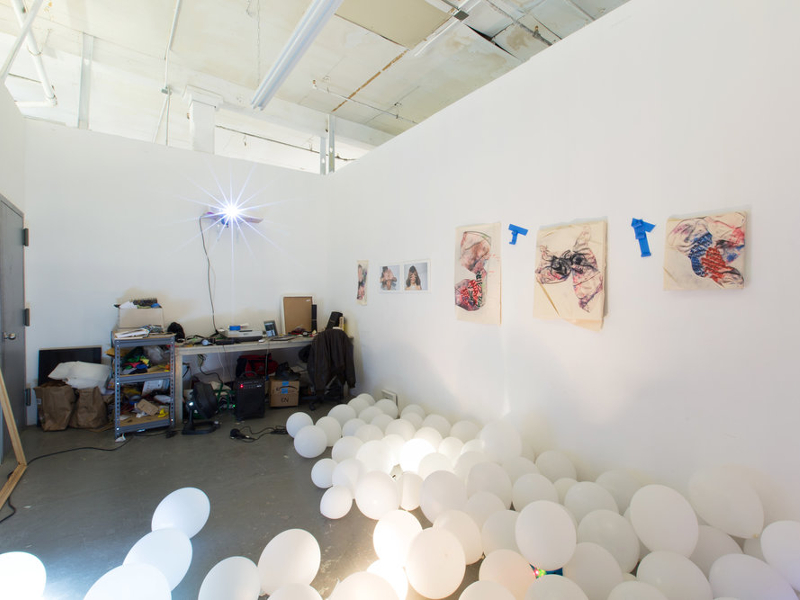
Art and culture: 5 important articles of October
Should Museums Return Artifacts To Their Original Countries?
Despite the intelligence of the design, the Acropolis Museum has a major portion of its display missing. Around half of the Parthenon marbles are not in Athens but are housed in the British Museum in London, having been taken from the original site in the early 19th century by a British diplomat named Lord Elgin.
The repatriation of ancient objects is highly-charged and complex. So, what to do?
Who Commissioned the 19th Century’s Most Notorious Painting?
It’s about the origins of Gustave Courbet’s ‘Origin of the World’. In 2019, the bicentenary of Courbet’s birth, the painting Du Camp described with such scorn hangs on permanent display in Room 20 of Paris’s Musée d’Orsay. The green curtain has gone, but it is still unique – and shocking. For all the female nudes in art history, there are none as blunt or frank as this.
The medium’s medium: The artists who ‘spoke’ to the dead
A pair of new exhibitions looks at how Spiritualism influenced modern art, and how its followers believed they could contact the dead, writes Kelly Grovier.
Can museums make us better people?
In her 2016 book, Fostering Empathy Through Museums, Elif Gokcigdem introduced the notion that museums could function as sites of empathy-building and social change. Her latest book, Designing for Empathy, expands on this idea through the perspectives of researchers, academics, and museum professionals (including Mia’s Director of Learning Innovation, Karleen Gardner, writing about museums as incubators of innovation and social impact).
How digital changes the nature of original art
Today, it is possible to walk through a museum of art and at the same time carry a smartphone in your hand. The paintings on the walls, some of which are hundreds of years old, hang in gilded frames on hallowed walls. If one of them were to come onto the market, it would be valued at millions. Type the name of any of the works on display into your phone and you can see thousands of reproductions of the same image. The existence and accessibility of these reproductions should interest us deeply. What kind of reality do these images constitute?




